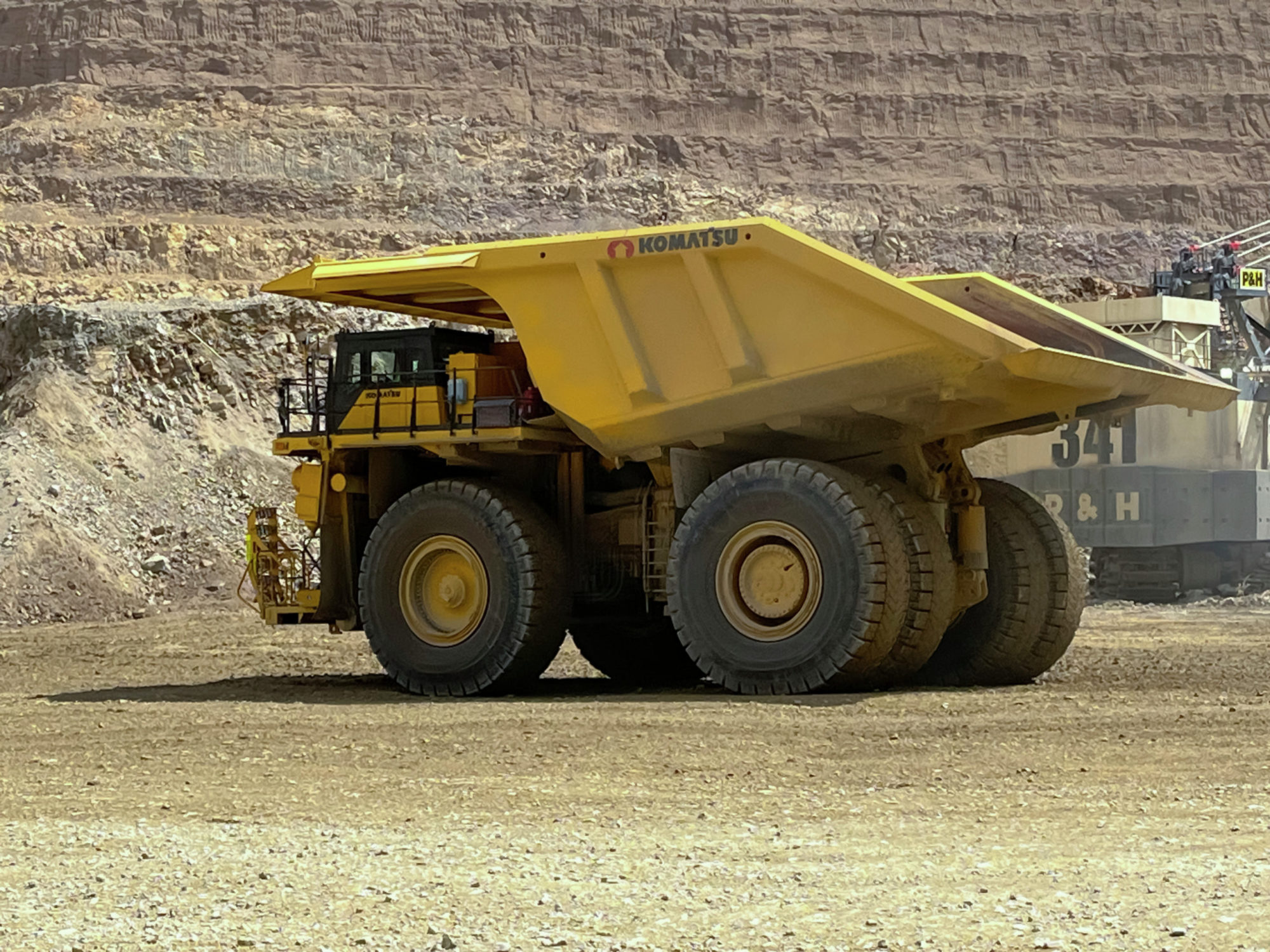Barrick has given some further information on progress with its route to net zero strategy in its just published 2023 Sustainability Report. In 2023, Barrick achieved the target it set for itself for 2025 of reducing its greenhouse gas emissions by 15%. Its Scope 1 and 2 greenhouse gas emissions have now been reduced by 16% against its 2018 baseline. Barrick says it will continue to reduce these emissions, with the long-term goal to be net zero by 2050. At the same time, it remains on track to achieve its Scope 3 emissions reduction targets which were set in consultation with its suppliers and service providers.
Looking at Scope 1 & 2, almost 75% of Barrick’s emissions are from its operations in Nevada and the Dominican Republic and the power plants that provide the electricity for these mines. “These plants are also available to provide electricity for their respective national grids to maintain grid stability or supplement supply when requested by the authorities. While we don’t use this portion of the electricity, we assume responsibility for the emissions as part of our overall emissions footprint.” In both these regions, Barrick says it is advancing plans to further reduce its emissions by developing more low carbon electricity sources, including solar. During 2023, its TS Solar Plant phase 1 array in Nevada was commissioned in December and is on schedule to begin commercial production in June 2024.
Barrick is also working in Nevada to introduce E-vehicles into its light vehicle fleet across Nevada Gold Mines (NGM) operations. During 2023, it introduced 42 Ford Lightning Electric trucks in Elko, Carlin, and Cortez and installed the required charging infrastructure. In 2024, a further 50 Lightning trucks will be deployed at NGM, and additional charging infrastructure will be installed at Turquoise Ridge, Phoenix, and the TS Power Plant. “Primary benefits, in addition to reducing our GHG emissions, include reduced maintenance costs, higher efficiency, reliability, safety, engine performance, better fuel economy and the opportunity to repurpose the older fleet for use in the operations.”
Looking ahead through studies it is also looking at rolling out light EVs across its operations in the Africa Middle East and Latam Asia Pacific regions; with other projects being considered including a wider deployment of underground electric vehicles, which would build on its close partnership with Sandvik – both companies have said they are developing a long-term battery electric vehicle strategy and transition plan to align with Barrick’s objective of carbon neutrality by 2050. Other emissions reduction possibilities including bringing trolley assist back to Lumwana in Zambia using its new Komatsu 930E-5 truck fleet there as well as installing a new overland conveyor at Veladero in Argentina.
Barrick is also looking at surface electric trucks and the use of alternative fuels. It is already advancing fast with electric drive diesel trucks – building on the proven success of Komatsu trucks at Lumwana copper mining operation in Zambia, NGM signed a multi-year agreement with Komatsu to deliver 62 Komatsu 930E-5 haul trucks between 2023 and 2025. Komatsu has also said it is being considered for the Reko Diq project in Pakistan which will start production in 2028. Having a lot of newer electric drive trucks in place will give Barrick more options for trolley and eventually battery trolley going forward.
During 2024, Barrick says it will also be working to update its net zero roadmap in line with its life of mine plans. “The studies undertaken or planned for the Lumwana expansion and Reko Diq include climate change risk assessments and greenhouse gas assessments. We are aiming to maintain our greenhouse gas emissions intensity throughout this expansion and growth phase of our business.”











